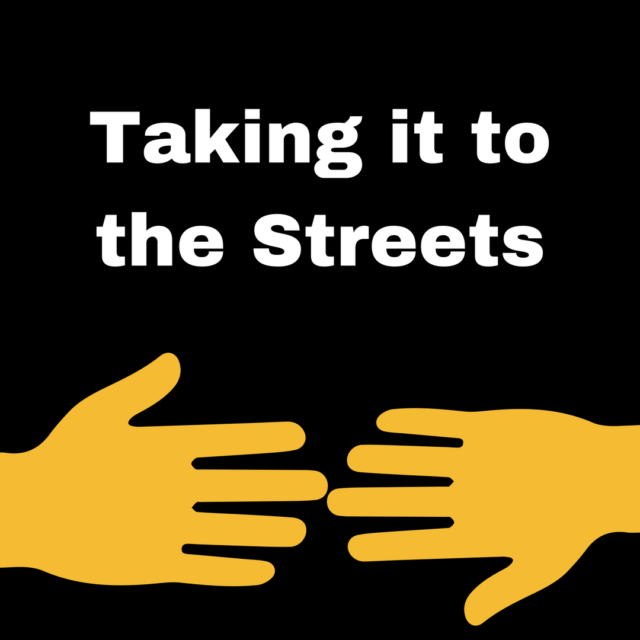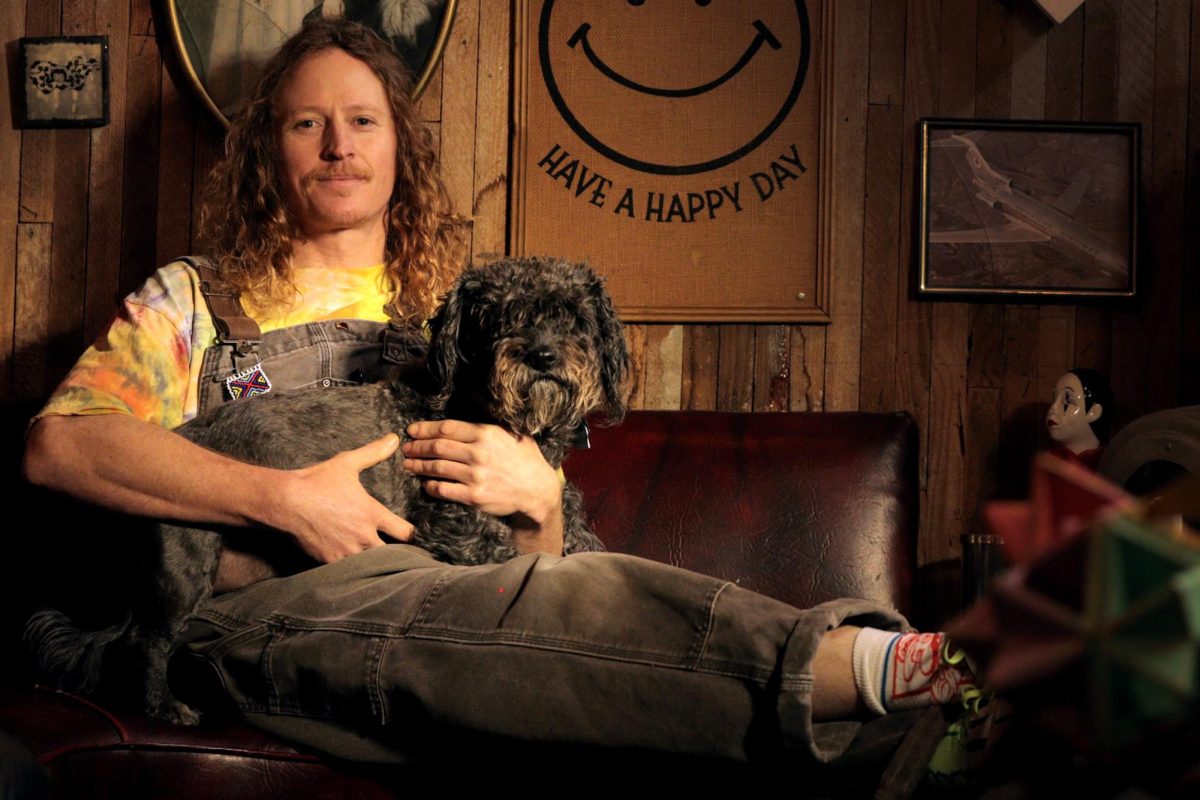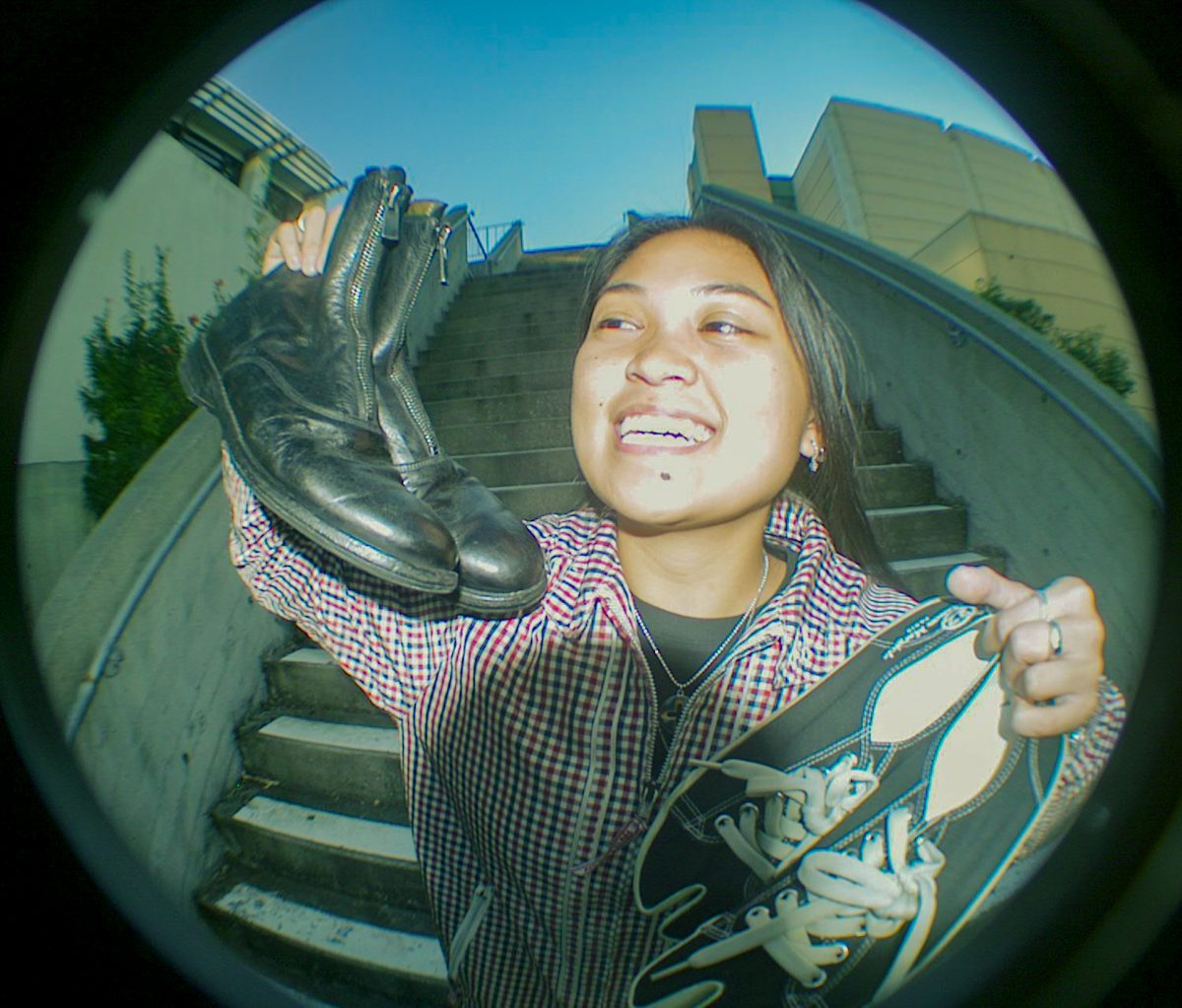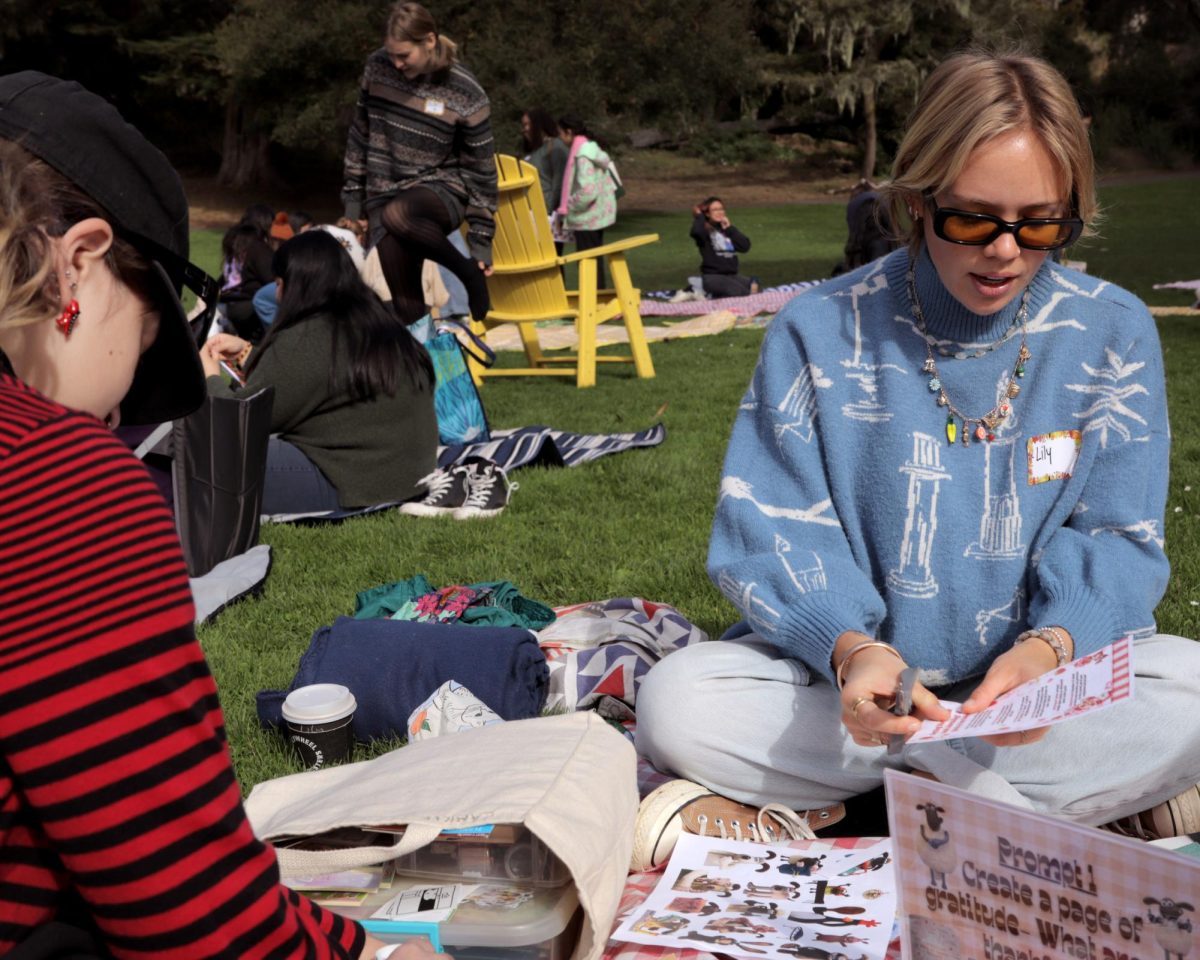Many San Francisco locals know Haight Street as two things: a tourist trap and a hub for the homeless population, but Christian Calinsky is trying to change this perspective held by the public eye through his program called Taking It to the Streets.
The number one goal of Taking It to the Streets is to get the homeless youth off of Haight Street and into a stable living condition. San Francisco has been attempting to lower the homeless population on Haight Street since the ‘60s, but Calinsky’s program has been more effective in its three years than the city has been in over 50 years.
“We started out as an outreach that just went out on Sundays and gave out bagged lunches,” Calinsky says.
“We only gave ten lunches to test the waters, see what happens, and we also only had a couple of volunteers with us. The next weekend, people had already heard about it, so we moved up to thirty-five bagged lunches and some clothes. The next weekend, we had more donations than we knew what to do with.”
Taking It to the Streets gives the homeless youth of Haight a place to stay in exchange for their service of cleaning the streets that they roam. The program uses its person-power to full effect; dissolving the graffiti off and sweeping the trash in front of small businesses, cleaning up the syringes in alleys where the homeless population inject opioids and stimulants, repainting Haight Street, and everything else that comes with the duty to keep Haight Street clean. Calinsky leads this program, not only get the homeless population in Haight off the streets, but to show that these misunderstood people are hard workers that merely struggle to fit into society, instead of the stereotypical ableist and classist view that dehumanizes them.
“Whether most people realize it or not, people have a tendency to look at homeless people as failures and subhuman,” said Aditya Sharma, who was the captain of the debate team at his old college and an advocate for getting rid of stigmas regarding the needs of the disabled population.
“People don’t realize that homeless people are homeless for a reason. We should help these people, not judge them.”
Calinsky’s methods have been proven to work by the progress they’ve made. For example, their flexibility to take calls from various merchants around Haight and to clean their brick-and-mortar for free has changed how the merchants treat the homeless people that wander in front of their stores.
“My mom used to work around Haight at salons and she told me one time that she was surprised when she noticed a homeless guy cleaning where she works,” Sage Aguirre explains.
“I think it’s changed how she feels about homeless people. Well, she was pleasantly surprised at the very least.”
His methods are also very effective, to the point where the public notices his efforts merely because of the results. It’s difficult to see the effects of picking trash off the ground unless you saw the state it was in before, but something like a fresh coat of paint on a lamppost is noticeable and appreciated even by tourists. Calinsky has also simplified and expedited this process for maximum coverage.
“We use a paint called Garbage Can Green, not Dark Green, because it’s on everything in the city, like this pole right here,” says Calinsky, as he gestured to a metal rod, functioning as a brace for a tree located in a planter in the sidewalk, framed in the window to his left.
“We even take care of structures with all sorts of colors and repaint them appropriately. We take care of everything.”
Calinsky didn’t come up with this idea, he revived it. In the ‘60s, there was a group who called themselves The Diggers that split themselves up into crews, each had a section of Haight Street that they kept clean. The recycling center in Haight paid The Diggers to clean the streets, but the company was sued for worker’s compensation. Since The Diggers wasn’t an organization, it got shut down.
It hasn’t been completely smooth sailing for Take It to the Streets. Their main obstacle being the regulations enforced by the city. Calinsky’s methods are for effectiveness, not to appease the city’s regulations. Although, the city has become more relaxed on regulating Take It to the Streets in particular because it has been able to make an impact on the homeless community, unlike previous attempts.
“The city doesn’t really know how to deal with us,” Calinsky says.
“We just signed a three-year contract with the city, which is huge for an organization that’s only been active three years. Our negotiations were a huge fight because they wanted us to be a certain way.”
Despite this seemingly coherent and efficient methodology, the city still has a problem with some of their implementation. This is due to fundamental ethical differences between the city and Take It to the Streets.
“Our model is housing first. Over the last twenty years, the city has been saying, ‘No, we need to bring services to the people instead of putting them in-doors and then providing the service.’ But this process has been shown to not work because the homeless population has only gotten larger. Our model has shown that: put someone inside, give someone a shower, let them put their stuff down, and they’re going to be more successful in the long run than if you gave them a fresh pair of socks on the street.”
In just three years, Taking It to the Streets has worked with over five hundred homeless people and have gotten over three hundred of them permanently off the streets and into homes. Calinsky’s unorthodox decisions and persistence through the pressure of strict city regulations has rewarded him with an effective program that has proven itself to make a difference in the Haight.
“The city is very lenient because we’ve accessed a part of the population that they’ve never been able to access. They’ve never been able to do anything about Haight Street.”
Video by Alina Castillo








![Hashem Mishal using an angle grinder to cut a drill bit, in the SAE team’s garage at SF State on Tuesday, Nov. 12, 2024. “We don't get anything from the school other than this workshop,” Mishal said. “Our advisor, he runs the shop, and he also works with us to try and get as [many] opportunities as possible. So it was really nice, in helping us get this space, but all the tools are just some of the guys’ or third parties’. I don't know where these tools came from, but a lot of it was sponsors, donations from alumni. Right now, all the hardware we’ve been paying out of pocket for the time being.” (Jonah Chambliss / Xpress Magazine)](https://xpressmagazine.org/wp-content/uploads/2024/12/Chambliss_F1_001_LEDEPHOTO-1200x800.jpg)